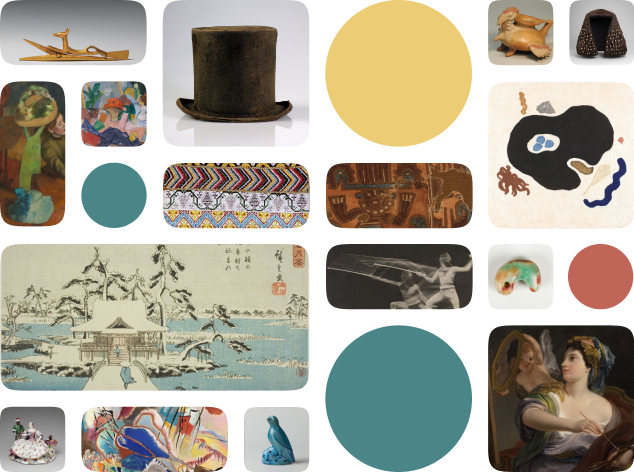Bronze statuette of Aphrodite
Creator Name
Cultural Context
Date
Source
About the Work
Metropolitan Museum of Art Object Description
Statuette of Aphrodite
Work details
"--" = no data available
Title
Creator
Worktype
Cultural Context
Material
Dimensions
Technique
--
Language
--
Date
Provenance
Style Period
Rights
Inscription
--
Location
--
Source
Subjects
Topic
--
Curationist Contributors
Related Content
All Works in Curationist’s archives can be reproduced and used freely. How to attribute this Work:
Unknown, Bronze statuette of Aphrodite, circa 150–100 BCE. Metropolitan Museum of Art. Greek artists' naturalistic depictions of goddesses in the pudica pose carry an ideological weight, suggesting that women’s bodies should be hidden. Public Domain.
Help us improve this content!
Let our archivists know if you have something to add.
Save this work.
Start an account to add this work to your personal curated collection.
